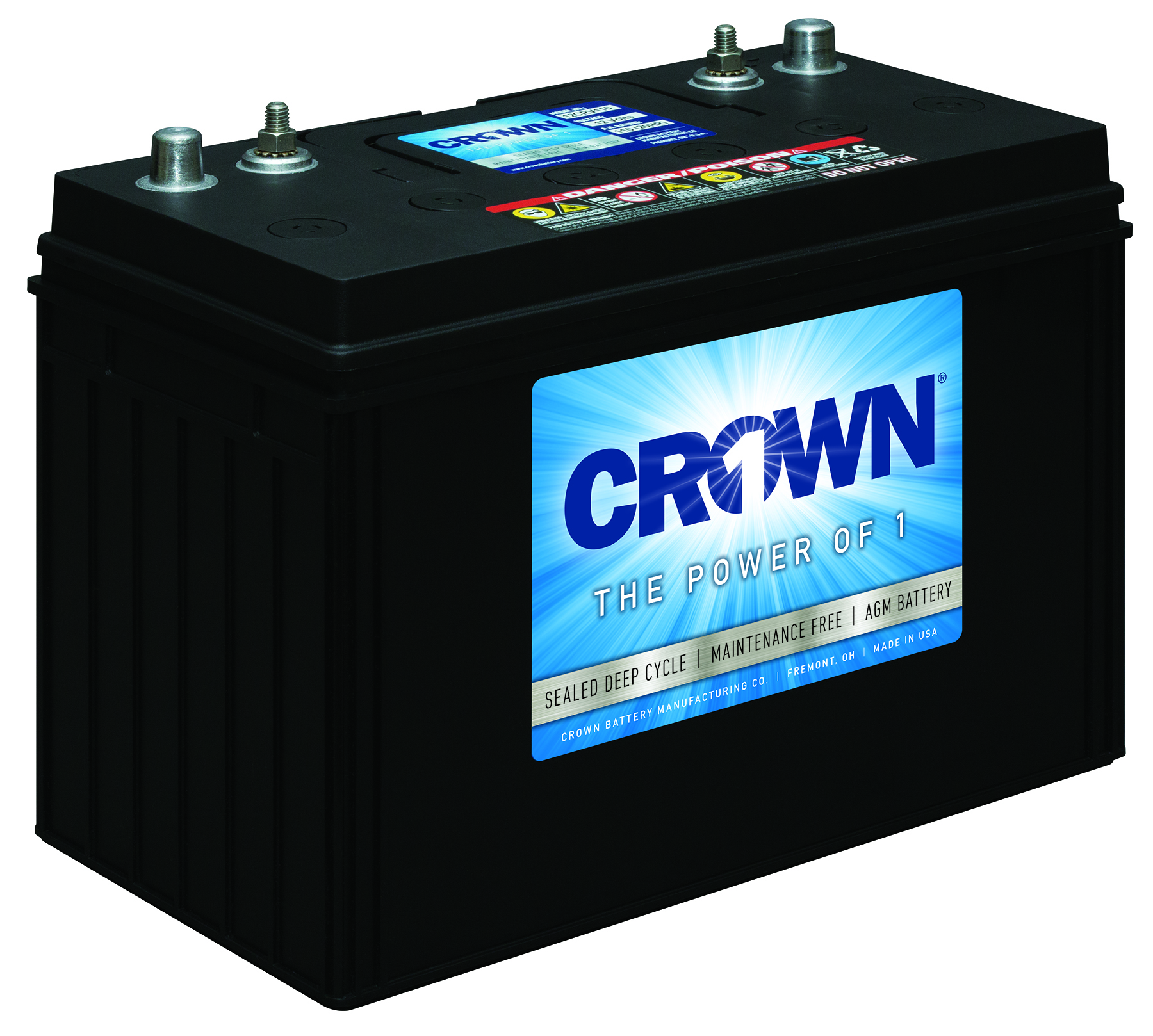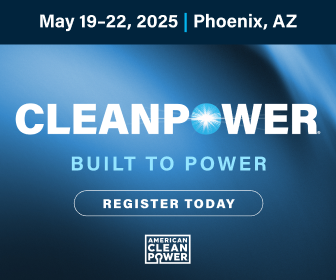Will It Recycle?
What you need to know about battery recycling
 One of the best ways to protect the environment, conserve resources, and reduce our carbon footprint is battery recycling.
One of the best ways to protect the environment, conserve resources, and reduce our carbon footprint is battery recycling.How recyclable are batteries?
- Lead-acid: Lead-acid batteries are recycled at a rate of 99% of annual shipments within the United States - the highest recovery percentage of any product in the U.S., according to the EPA. Nearly all material (99%) is recycled to make more batteries. And the remaining 1% of material is inert.
- Lithium primary: Lithium primary batteries are partially recyclable, but only one company has the capability. The process, which involves cryogenically freezing batteries to -324 °F before shredding, carries a significant fire risk due to battery volatility. Experts estimate that over 80% of these toxic batteries are landfilled.
- Lithium-ion: Where partial recycling is available, cobalt and nickel are the most-recycled metals because they're most valuable. When recycled, these materials are used in other products, but they are rarely used in the battery industry.
None of the lithium-ion recycling methods recovers all materials. At a flagship plant, for example, roughly 40% of material still goes to the landfill.
As Linda Gaines of the Argonne National Laboratory explained, "Recycling of aluminum or lithium from the slag [a common recycling byproduct] is neither economical nor energy efficient." It's six times cheaper to mine new lithium than to recycle existing material.
How recycling works
Lead-acid: Battery recycling began with the introduction of the lead-acid starter battery in 1912. The lead-acid battery recycling system - now automated - remains cost-effective because lead is easy to extract and reuse.
Lead-acid battery cases are opened by machine or crushed into small pieces and separated. Lead is separated using simple systems, then re-smelted and purified under strict guidelines. Sulfuric acid electrolyte is cleaned and processed for use in other batteries or fertilizers. Connectors and plates are recycled or recovered whole. And finally, plastic covers and containers are made into new battery cases.
The entire process is computerized, automated, and tightly regulated by the EPA.
Lithium-ion: Large batteries often have over 100 individual cells connected into modules, and include control circuitry, anodes, cathodes, and multiple oxides, along with a thermal management system in most cases. Trained technicians must disassemble these units manually with extreme care because they can cause serious injury.
Batteries are sorted by chemistry, then shredded and separated by machine. Flammable electrolytes are burned; hazardous internal chemistry is neutralized following environmental guidelines; high-value materials often must go through the entire production chain again; and lithium, plastic, and aluminum are often unrecoverable.
What happens to batteries at end of life?
Lead-acid: Lead-acid batteries must be recycled for sustainability and safety because they contain lead. Their higher material value, coupled with strong regulations, ease of recycling, and large recycling network mean lead-acid batteries are recycled 99% of the time - the highest of any consumer product in the USA.
Lead-acid battery manufacturers rely heavily on recycled lead, which can be reprocessed to extreme purity. The average battery contains 74% recycled materials, and the new materials are recycled after use. When mining does take place, it's primarily in Australia, the United States, and China.
Lithium-ion: Lithium-ion batteries contain nickel, cobalt, lithium, and other heavy metals that should be safely disposed. Because lithium-ion batteries maintain a high voltage after they're used up, there's a risk of electrocution or fire.
According to the U.S. Geological Survey, approximately 80% of lithium and lithium-ion batteries are sent to the landfill. And at least 40% of the material in many recycled batteries also ends up in landfills.
Economics of recycling
Metal pricing and ease of recycling are key to recycling profitability.
Lead-acid: Lead comprises 60-70% of a lead-acid battery's mass, and only spent internal connectors and electrodes (or plates) are present inside. Because no separation of these components is required, recycling of lead-acid batteries is uncomplicated and safe. And lead's value means lead-acid battery recyclers often pay to recycle batteries, instead of relying on a single international source.
Lithium-ion: Some lithium-ion batteries contain valuable materials like cobalt and nickel. But as these materials are replaced, especially in phosphate- and manganese-based batteries, there's less economic incentive to partially recycle these batteries after use. Metal must go through the same long preparation and purification process as virgin material.
Because recycled materials cost more and don't often meet performance requirements, lithium-ion battery producers mine virgin lithium from ancient brine pools using water and chemicals to extract the material from the land.
According to a report by Recycling International, even with future technological breakthroughs, lithium-ion recycling would only recoup 20% of its cost via reselling recovered minerals and other materials.
And the complexity of recycling, along with ever-changing varieties of materials, complicates sorting and partial recycling. It also drives up recycling costs.
Rethinking end of life
If batteries are fully or partially recyclable, check online to find the nearest authorized drop-off center, if one is available. Depending upon the energy storage technology, a refund or a credit toward the purchase of a new battery storage system may be given, or a fee may be charged to compensate for extraction costs and lower material value.
Every battery technology has benefits and tradeoffs.
By selecting the right, eco-friendly batteries and taking care of them at end of life, we can close the loop and keep batteries out of landfills, so they'll deliver sustainable power for our homes, offices, and vehicles for generations to come.
John Connell is the vice president of Crown Battery's SLI Products Group. Crown Battery manufactures all its advanced technology, lead-acid batteries at its ISO-9001:2008-certified plant in Fremont, Ohio.
Crown Battery | www.crownbattery.com
Volume: 2016 May/June











